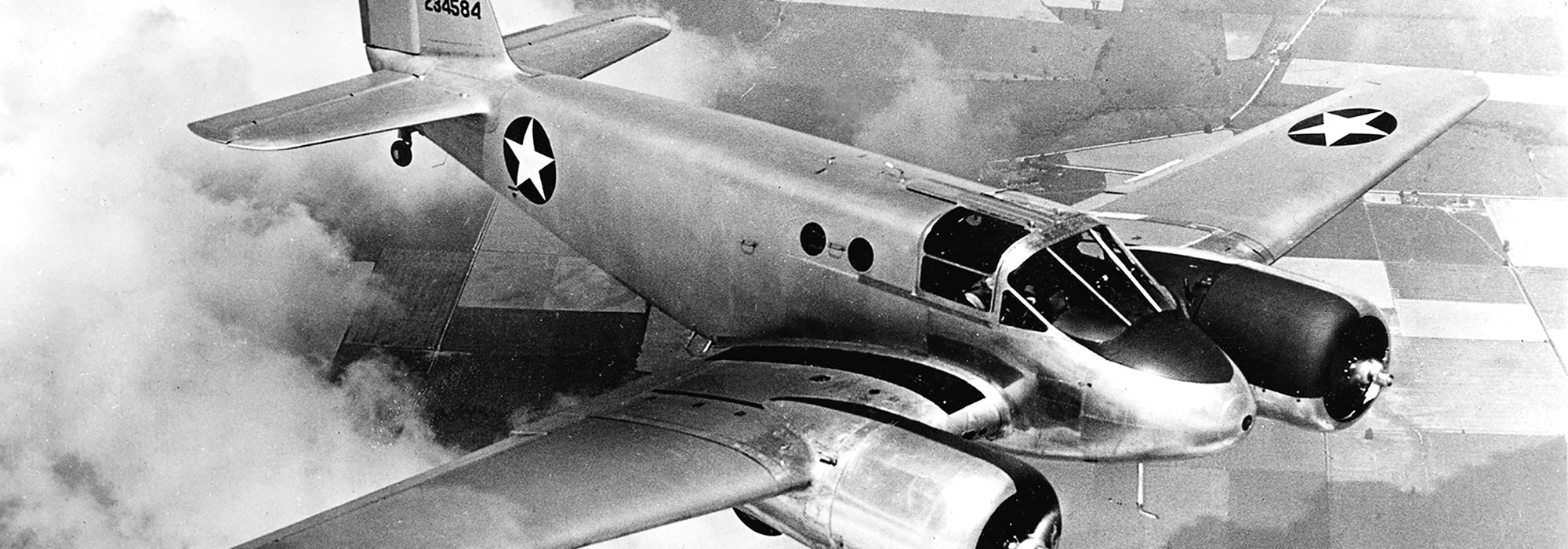Still Unexplained
George Moody was one of those rare individuals upon which good fortune seemed always to shine, right up to the very end.
This officer, whose name graces Moody Air Force Base, Georgia, succeeded in everything—school, sports, military career, marriage. However, his death stands out as a still-unexplained piece of bad luck.
George Putnam Moody was born in 1908, in Manila, into a prominent military family. The son of Col. Lucien Moody (West Point Class of 1904), George grew up immersed in Army culture.
He was an academic and athletic standout and one of the youngest-ever Eagle Scouts. He entered West Point in 1925, aged 17, and graduated in June 1929 as a second lieutenant of infantry.
Moody wanted wings. In September 1929, he was detailed as a student officer to the Air Corps Primary Flying School at Brooks Field, Texas. He received pilot wings and entered Advanced Flying School at Kelly Field, Texas, completing the pursuit course in October 1930 and officially transferring into the Air Corps.
Moody deployed to Panama, where he joined the 24th Pursuit Squadron. He made a name for himself as a top pilot, was promoted, and was sent to Mitchel Field, N.Y. In 1935, he met and married Dorothy Perkins, the daughter of a congressman.
Despite his youth, Moody was named Operations Officer of the 9th Bomb Group at Mitchel. By 1938, with war looming, the expansion of the Air Corps was underway, and Moody was in the midst of it.
First, he became a flight commander of training units in Texas. In 1940, he was sent to Maxwell Field, Alabama, where he helped plan new facilities and schools at the Southeast Training Center.
Now a major, Moody boasted extensive experience both in training pilots and in flying multi-engine aircraft. As a result, the Air Corps named him test pilot for a new twin-engine trainer.
On April 29, 1941, Moody came to Wichita, Kansas for the first flight of the Beech Model 25, a prototype. On May 5, 1941, he took off, got into trouble, and crashed in flames, dying instantly.
What happened? No one knows for sure. Oddly enough, the Air Corps never prepared or issued an official accident report.
Explanations varied. Beech speculated Moody lost control. Others said the airplane stalled and entered an uncontrolled spin. Witnesses told news reporters that the Model 25 side-slipped on takeoff and plunged to the ground from 100 feet altitude.
Beech pointed out the Model 25 was not a complex machine. On the other hand, Air Corps officers insisted Moody was too good a pilot to have simply lost control.
Beech and the Air Corps proceeded with a modified Model 26, which became the AT-10 Wichita and was bought in the thousands. AT-10s were used extensively at what became Moody Field, Georgia.
Today, Moody Air Force Base is the home of Air Combat Command’s 23rd Wing—the “Flying Tigers”—the mission of which is to train air crew for and employ USAF’s A-10 and OA-10 Thunderbolt II, HC-130 Combat King II, and the HH-60G Pave Hawk helicopter.

George Putnam Moody
- Born: March 13, 1908, Manila, Philippines
- Died: May 5, 1941, Wichita, Kan.
- College: U.S. Military Academy, West Point, N.Y.
- Occupation: U.S. military officer
- Services: U.S. Army—Infantry, Air Corps
- Main Era: Interwar period
- Years Active: 1929-41
- Combat: N/A
- Final Grade: Major
- Honors: American Defense Service Medal
- Resting Place: West Point Cemetery

Moody Air Force Base
- State: Georgia
- Nearest City: Valdosta
- Area: 17.8 sq mi / 11,403 acres
- Status: Open, operational
- Opened as Valdosta Airfield: June 1941
- Renamed Moody Army Air Field: Dec. 6, 1941
- Inactivated: February 1946
- Reactivated as Moody Air Force Base: May 1951
- Current owner: Air Combat Command
- Former owners: Flying Training Command, Training Command, Air Training Command, Tactical Air Command
